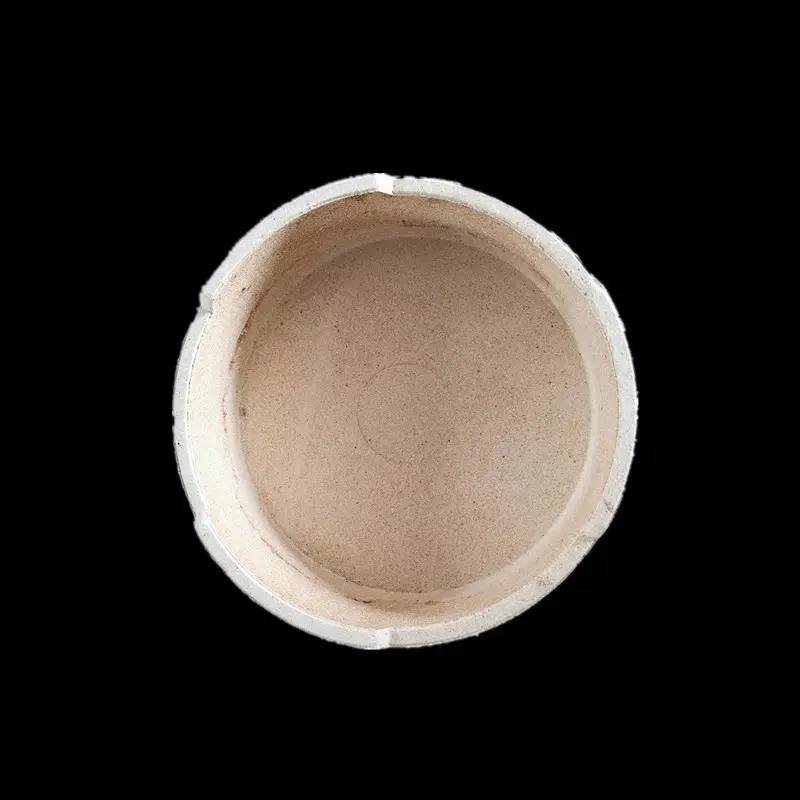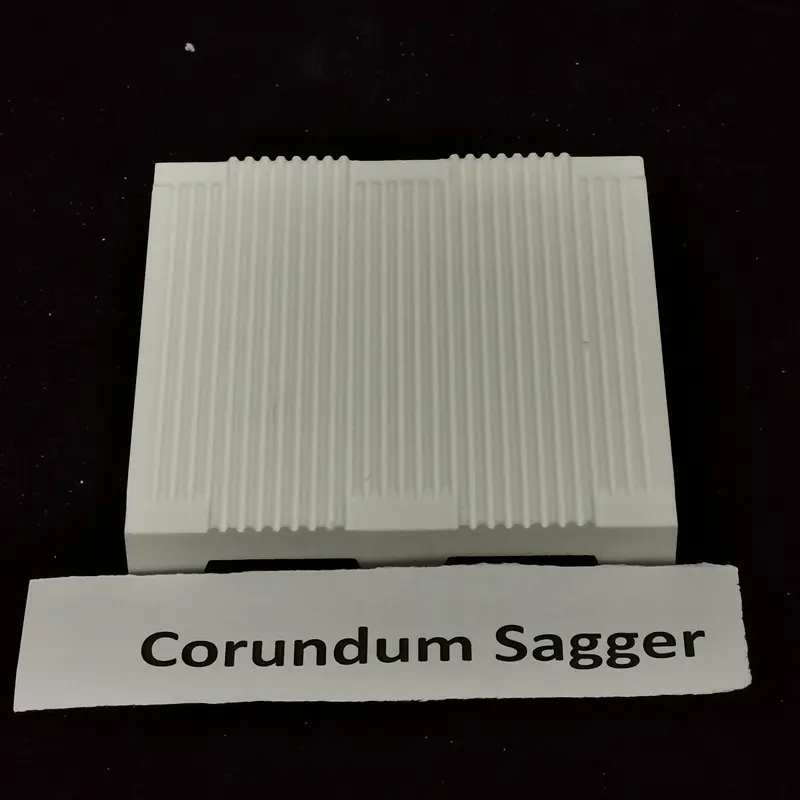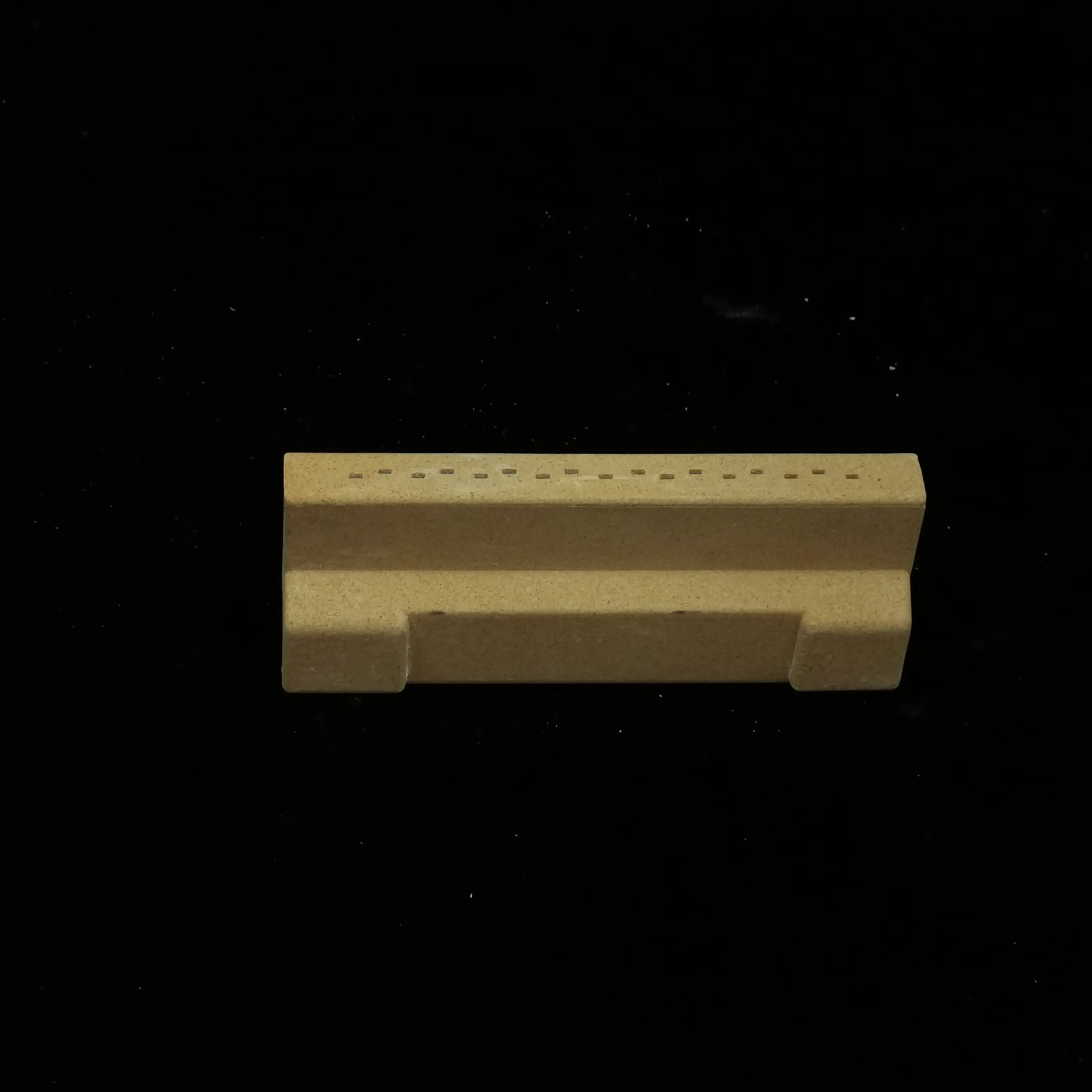High temperature use high grade 99% Alumina Ceramic Substrate
Key Properties and Characteristics
-
Thermal Performance:
-
Thermal Conductivity: 28–35 W/(m·K) — ~25% higher than 96% Al₂O₃ (24–28 W/(m·K)), enabling efficient heat dissipation in high-power devices.
-
Thermal Expansion Coefficient: Low (7.2–8.2 ppm/K), closely matching silicon chips, reducing thermal stress.
-
-
Mechanical Strength:
-
Flexural Strength: 380–450 MPa — >20% higher than 96% Al₂O₃ (300–350 MPa), ensuring structural stability under mechanical loads.
-
Surface Smoothness: Ra < 0.1 μm, critical for precision circuit patterning and wire bonding.
-
-
Electrical Insulation:
-
Dielectric Strength: 15–20 kV/mm, with low dielectric loss (tan δ < 0.0002 at 1 MHz), ideal for high-frequency circuits.
-
Volume Resistivity: >10¹⁴ Ω·cm, preventing leakage currents.
-
-
Durability:
-
Exceptional chemical resistance to acids/alkalis and high-temperature stability (operating limit: 1,600–1,700°C).
-
Applications
99% alumina substrates are essential in high-reliability and high-power electronic systems:
-
Power Electronics: Insulated metal substrates (IMS) for IGBTs, MOSFETs, and automotive control modules.
-
LED Packaging: High-power LED(heat sinks), leveraging superior thermal management to extend LED lifespan.
-
RF/Microwave Circuits: Substrates for antennas and filters in 5G/6G systems due to low signal loss.
-
Aerospace & Defense: Sensor housings and avionics requiring thermal shock resistance.
Parameter Table
| Property | 99% Al₂O₃ | 96% Al₂O₃ |
|---|---|---|
| Alumina Purity | ≥99% | 96% |
| Density (g/cm³) | 3.9–4.0 | 3.7–3.9 |
| Thermal Conductivity (W/(m·K)) | 28–35 | 24–28 |
| Flexural Strength (MPa) | 380–450 | 300–350 |
| Dielectric Constant (1 MHz) | 9.8–10.2 | 9.1–9.5 |
| CTE (ppm/K, 25–800°C) | 7.2–8.2 | 7.6–8.2 |
| Surface Roughness (Ra, μm) | <0.1 | 0.3–0.5 |
| Cost | High | Moderate |
Conclusion
99% alumina ceramic substrates deliver superior thermal management, mechanical robustness, and electrical insulation, making them indispensable in high-power electronics, RF systems, and LED packaging. While costlier and more challenging to manufacture than 96% Al₂O₃ (due to stringent sintering controls and rare-earth doping requirements)310, their performance justifies use in mission-critical applications. Ongoing research focuses on enhancing properties via nanoscale additives (e.g., graphene oxide composites) for next-gen devices.




